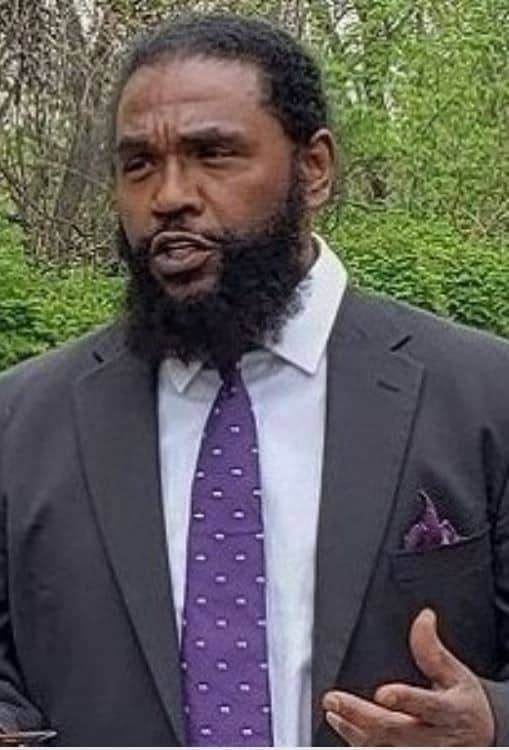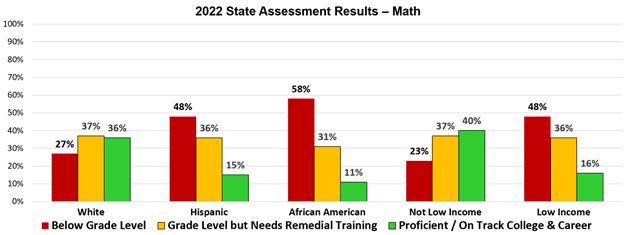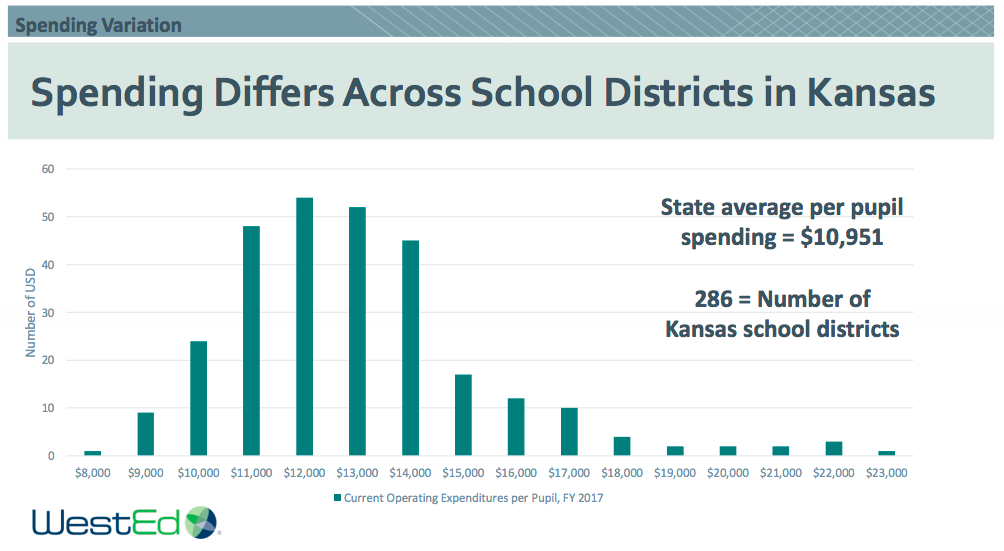In a major victory for school choice advocates in the Sunflower State, the Kansas House of Representatives passed the “Sunflower Education Equity Act” in SB 83.
House Substitute for Senate Bill 83, which — because the House passed as a substitute bill — will only require the “concurrence” of the Senate, rather than being returned to committee, provides an additional $72 million in special education funding, addresses teacher shortages and retention challenges with teacher pay increases, gives smaller schools flexibility and time to adjust to any attendance fluctuations and — most importantly — would provide Education Savings Accounts to parents across the state.
According to a joint release by House Speaker Dan Hawkins (R-Wichita), Majority Leader Chris Croft (R-Overland Park), Speaker Pro Tem Blake Carpenter (R-Derby), and Representative Kristey Williams- K-12 Education Budget Committee Chair (R-Augusta), the SEE Act uses a measured approach of gradually phasing in low- to middle-income Kansas students to the program enabling new opportunities for specialized learning. For those who choose to participate in the program, families will receive an Education Savings Account (ESA) funded with a portion of the state per pupil BASE aid funding (about $5,000). These ESAs can be used to cover services such as tuition to a wide variety of schools, books, curriculum, and tutoring to best fit a student’s unique needs.
“The Sunflower Education Equity Act is a broad legislative compromise which includes critical policy requests from both political parties,” the joint release reads. “This important middle ground truly embodies a good faith effort to listen to both sides and meet in the middle for the kids, teachers, and schools in our state.

SB 83 passed by a vote of 64-61, with a lone Democrat, Rep. Marvin Robinson from Kansas City, Kansas, voting in favor of school choice. This marks the first time that a Democrat has voted for a broad school choice bill in Kansas, and it took real courage to break ranks and vote to help students. Over half of the students in USD 500 Kansas City cannot read or do math at grade level, and less than 15% are proficient.
Democrat Governor Laura Kelly is widely expected to veto the bill, however, despite the inclusion of teacher pay increases and $72 million in additional special education funding.
Dave Trabert, CEO of Kansas Policy Institute, said the margin of victory would have been much larger if some legislators had not feared angering education officials and the teacher unions.
“A number of Republicans and Democrats privately said they understood that many students will not get a good education without choice, but they wouldn’t vote for it because they are more concerned about their re-election prospects. It’s easy to find an excuse to vote ‘no’ because of a minor provision in the bill, but it’s just that – an excuse. These legislators know that by opposing SB 83, they are condemning tens of thousands of students to a lifetime of underachievement.”

Trabert says constituents of those who voted against SB 83 should ask each legislator how long they think it will take their districts to just get kids to grade level without school choice. Student achievement has been declining for several years from levels that were never very good, and Kansas now has more students below grade level than are proficient in reading and math. Outcomes are especially disturbing for the low-income students who are eligible for an ESA; nearly half are below grade level in math, and only 16% are proficient.
Legislators will get another chance to vote on a school choice bill this year – an expansion of the tax credit scholarship for low-income students – and it will be interesting to see how that vote goes.
Phased in approach
The program would be phased in over the course of four years.
To qualify for the SEES program in House Substitute for SB 83, students must either be enrolled in a public school prior to participating in the program or at kindergarten age. In addition, the program phases in eligibility for students in nonpublic school settings:
- Fall 2024 and beyond: Students eligible for free/reduced lunch (FRL) or score Level 1 on the state assessment (no limit on these students)
- Fall 2024: up to 2,000 students who are not in public schools and are from families with income up to 300% of the federal poverty limit (FPL) may receive ESAs
- Fall 2025: up to 4,000 students who are not in public schools and are from families with income up to 400% FPL may receive ESAs
- Fall 2026: up to 8,000 students who are not in public schools and are from families with income up to 400% FPL may receive ESAs
- Fall 2027: no limitations on non public school students from families with income up to 600% FPL
The estimated cost of the SEE Act is relatively small. An analysis prepared by Dr. Martin Lueken, Director of the Fiscal Research and Education Center at EdChoice, estimates the first-year cost at just $14 million and rising to $26 million in the third and fourth years. Lueken based his estimates on the enrollment experiences of other states that have private educational choice programs.
(editor’s note: The original version of this column said the phased-in schedule was for all students who met the criteria, but it is only non-public school students who are eligible on that basis.)


